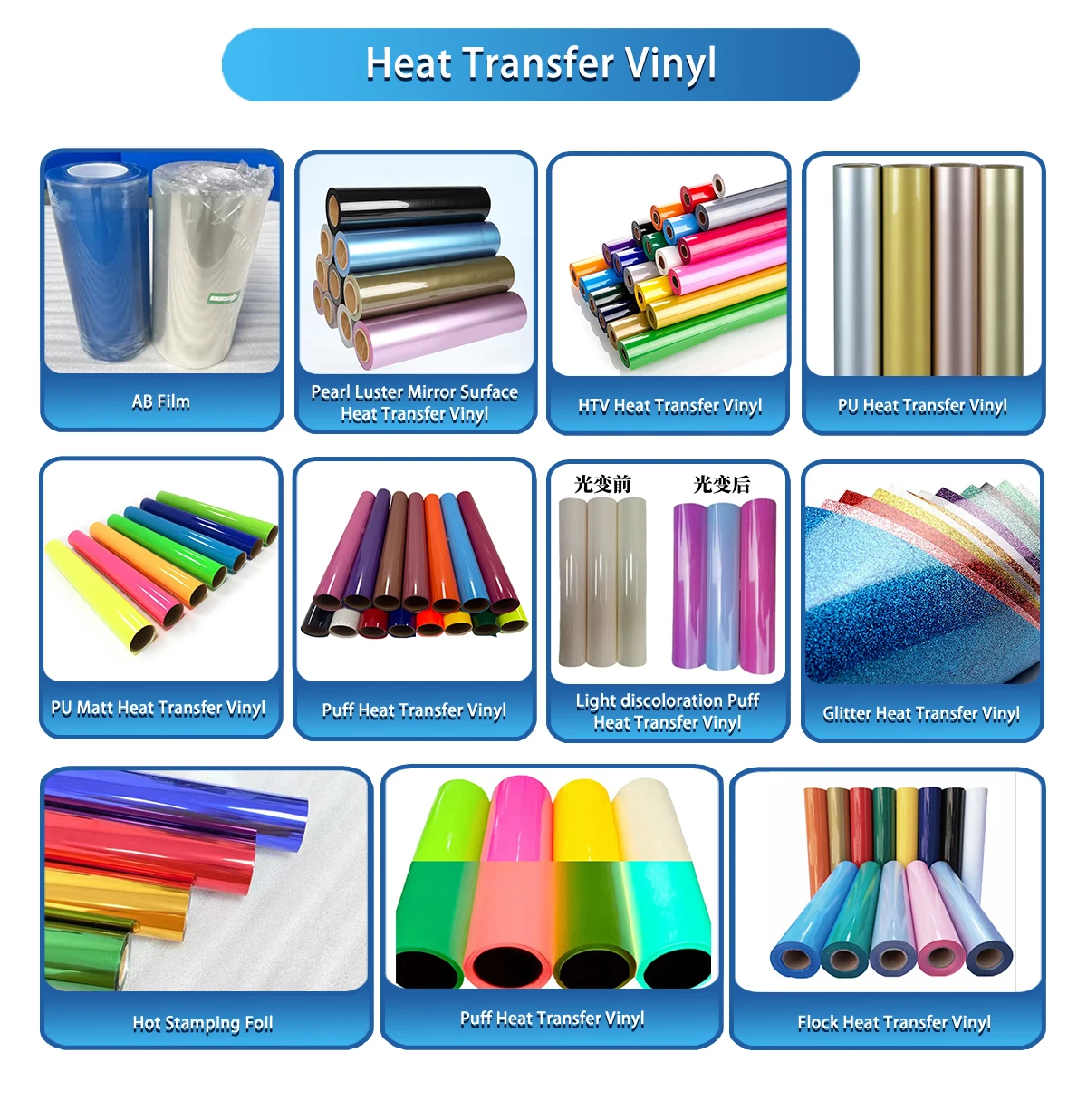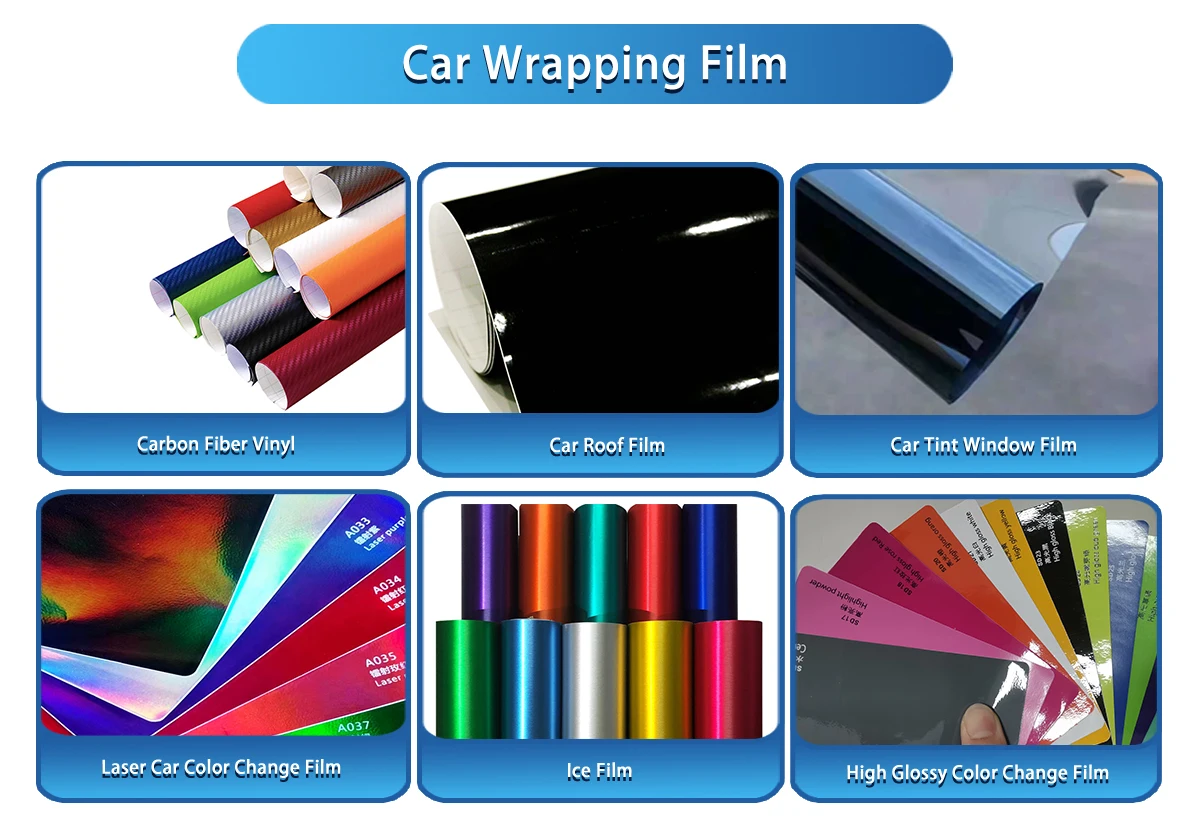Advancements in Printing Materials Transforming Industry Standards
Advancements in Printing Materials Transforming Industry Standards
In the ever-evolving landscape of printing materials, recent innovations are reshaping industry standards and opening new horizons for businesses worldwide. From eco-friendly substrates to high-performance inks, here's a glimpse into the latest trends shaping the printing materials industry:


1. Sustainable Substrates Lead the Way: With a growing emphasis on environmental sustainability, printing materials manufacturers are increasingly turning to eco-friendly substrates. From recycled papers to biodegradable plastics, these materials not only minimize environmental impact but also meet the demands of eco-conscious consumers and businesses alike.
2. Innovative Ink Formulations: The development of advanced ink formulations is revolutionizing the printing industry. UV-curable, solvent-based, and water-based inks are continuously refined to deliver vibrant colors, improved adhesion, and faster drying times. Additionally, specialty inks such as metallic, fluorescent, and conductive inks are expanding creative possibilities across various sectors, including packaging, textiles, and electronics.
3. Enhanced Durability and Functionality: Printing materials are increasingly engineered to withstand harsh environments and demanding applications. Scratch-resistant coatings, weather-resistant films, and chemical-resistant substrates ensure durability and longevity, making them ideal for outdoor signage, industrial labeling, and automotive graphics.
4. Customization and Personalization: As consumer preferences continue to evolve, the demand for personalized printing materials is on the rise. Variable data printing technologies enable the customization of packaging, labels, and promotional materials with unique text, images, and QR codes, facilitating targeted marketing and enhancing brand engagement.
5. Integration of Smart Technologies: The integration of smart technologies into printing materials is unlocking new opportunities for interactive and connected experiences. RFID-enabled labels, conductive inks, and augmented reality applications are transforming traditional print products into interactive marketing tools, driving customer engagement and brand loyalty.
6. Focus on Health and Safety: In light of recent global health concerns, printing materials manufacturers are prioritizing the development of products that promote health and safety. Antimicrobial coatings, VOC-free inks, and low-odor substrates address the need for hygienic and eco-friendly printing solutions, ensuring compliance with stringent regulatory standards.
7. Collaborative Innovation: Collaboration between printing materials manufacturers, printers, and end-users is driving innovation and fostering industry growth. Strategic partnerships enable the co-development of customized solutions tailored to specific applications, accelerating product development cycles and enhancing market competitiveness.
As the printing industry continues to evolve, the role of printing materials in driving innovation and enabling new capabilities cannot be overstated. With a focus on sustainability, performance, customization, and innovation, printing materials manufacturers are poised to shape the future of printing technology and redefine industry standards for years to come.
